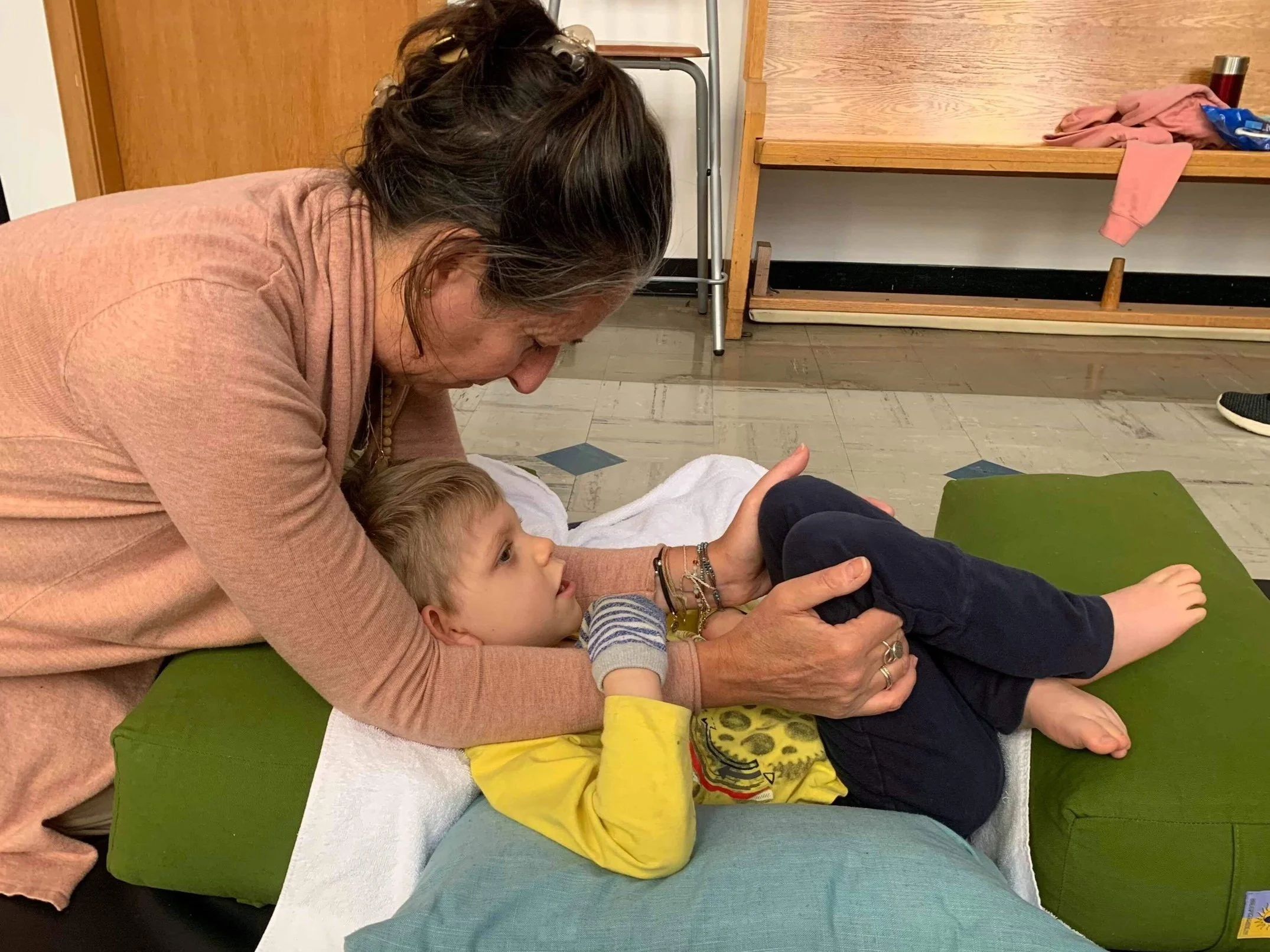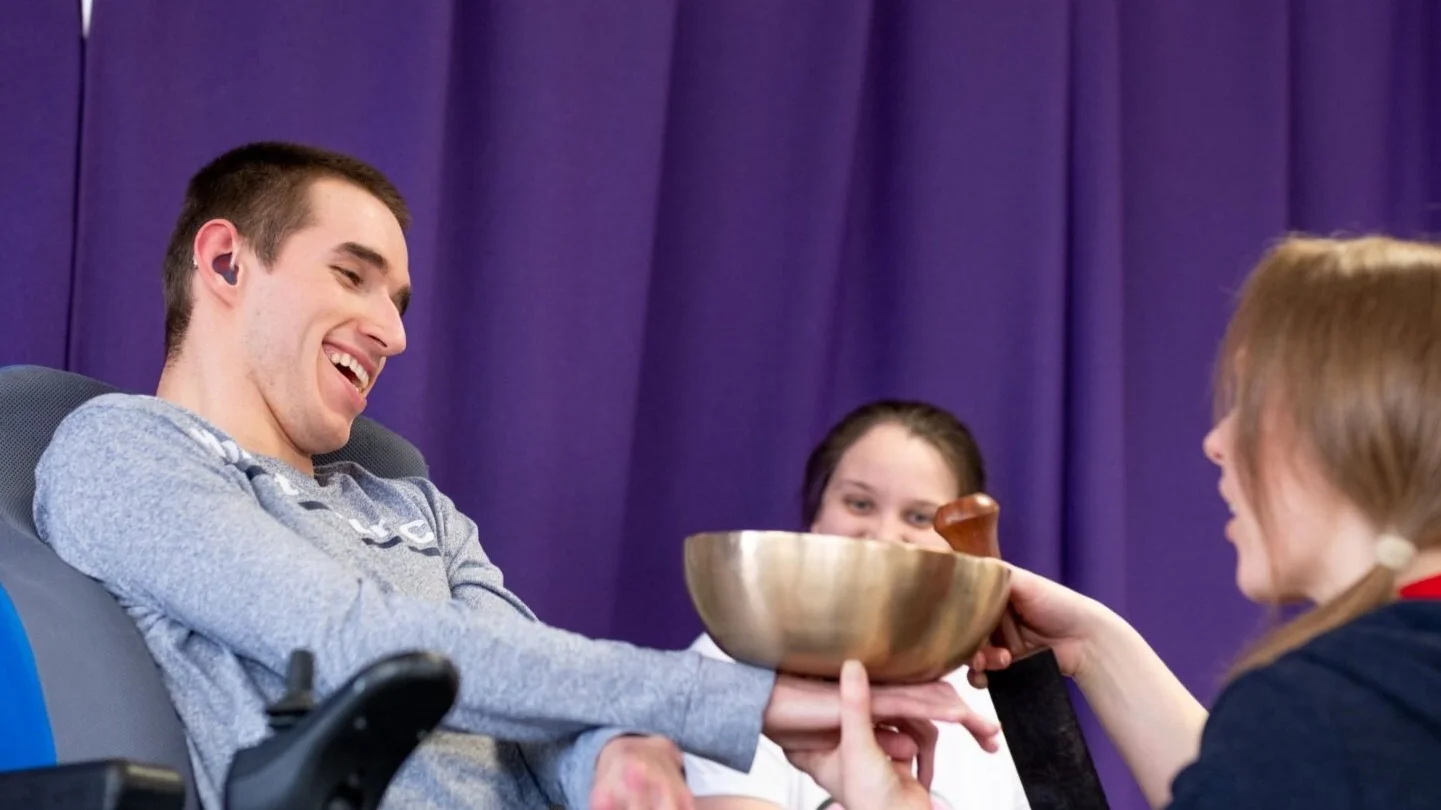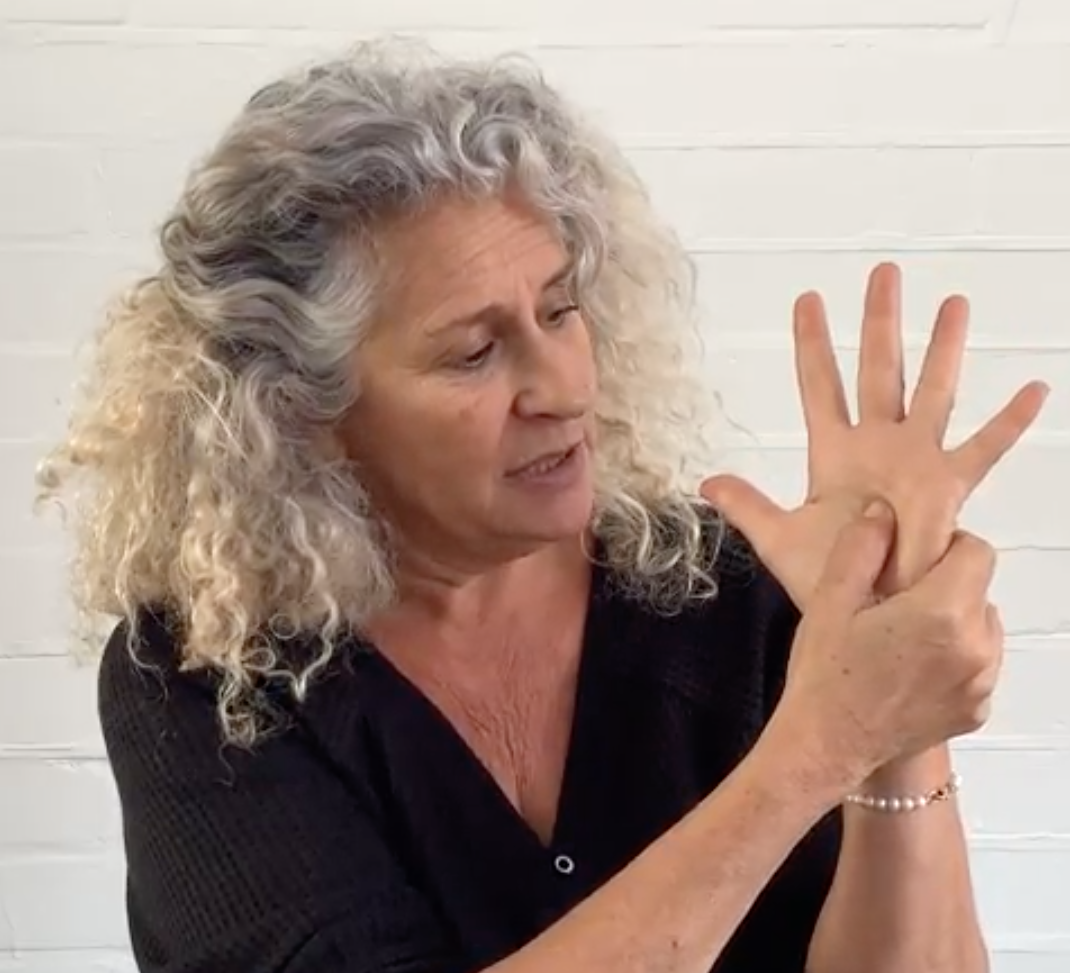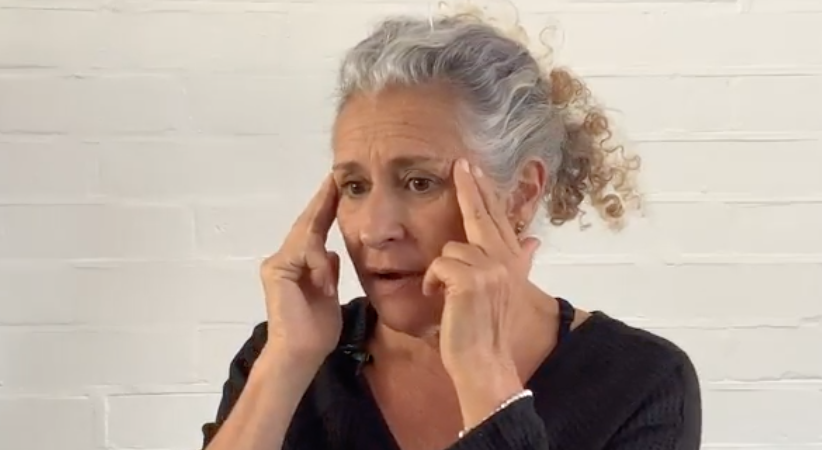Special Yoga Methodology
Special Yoga is is a holistic and compassionate approach to reach a comfortable regulated state.
It is not about turning our bodies into pretzels nor sitting still and breathing waiting for thinking to stop!
Our methodology embraces a wide range of practices designed to bring about a regulated state, to improve health of mind, body and spirit - then everyone can thrive.
You will learn to adapt these practices to the child, teen or adult in front of you.
So, what is ‘Special’ Yoga?
Yoga Asana - The Poses
Special Yoga uses a few simple but deeply effective postures and movements to bring balance, core strength, flexibility, motor planning and coordination, and calm. They support the child
energetically, emotionally and physiologically.
Physical/physiological Benefits: The poses help improve flexibility, strength, coordination, and balance. Practising yoga can help enhance the child’s physical abilities and overall body awareness.
Improved Focus and Attention: yoga poses support concentration and body awareness, developing focus and attention skills.
Sensory Integration: Yoga offers sensory input with focussed movements such as stretching, balancing, and grounding to rebalance the nervous system, integrating sensory information and improving their ability to focus and engage in daily activities.
Enhanced Body Awareness: Yoga helps children develop a better understanding of their bodies and where they are in space. It also reconnects them compassionately with themselves and their bodies.
Pranayama - Breathwork
We use Pranayama or breathwork as a key tool to regulate the nervous system. There are many pathways to improving and connecting with the breath. You will learn to help the child use their own breath for self-regulation and calm.
Improved Respiratory Function: Breathing exercises can improve lung capacity, oxygenation, and overall physical well-being.
Self-Awareness and Self-Regulation: Through breathwork, children can develop greater self-awareness of their bodies and emotions. They can learn to recognise signs of stress or discomfort with effective tools to manage these feelings effectively.
Stress Reduction: Practising yoga helps reduce stress and promotes relaxation, improved sleep quality and a more balanced emotional state.
Enhancing Verbal and Non-verbal Communication: Our practices offer an enhanced path of connection and communication with your children.
Sound - Music and Mantra
Sound as a healing modality is more widely recognised therapeutically. The vibrations can be used to calm the nervous system. Singing with movement allows the body a deeper range of movement and calm, releasing deep held tensions.
Focus Attention and Speech Development: Singing songs with repetitive lyrics such as mantras, can help improve speech and communication by encouraging vocalisation, imitation, and communication. It enhances their attention, making learning and therapeutic activities more engaging and effective.
Mindfulness
Mindfulness practices help children become more self-aware and learn to manage their emotional state with more compassion and kindness. They develop a life skill in accepting and managing human emotions of frustration, rage, anger, fear.
Better Coping Mechanism/stress reduction: Children with special needs often face unique challenges and stress that can be overwhelming. Mindfulness equips them with coping strategies to deal with difficulties effectively and adapt to their environment and changes more easily.
Enhanced Social Skills: Mindfulness promotes empathy, compassion, and acceptance, which are essential components of healthy social interactions. Through mindfulness activities, children with special needs can develop better communication skills and build stronger relationships with their peers.
Massage & Energy Work
Energy moves in the body and our environment all the time. Massage techniques support the body’s innate wisdom towards health and vitality and can bring balance and calm to the nervous system.
Reduction of Anxiety and Stress: Gentle massage and using certain pressure points can calm the nervous system, releasing tension and helping children feel more relaxed and secure.
Muscle Relaxation & Pain Relief: Massage can help relax tight muscles and reduce muscles spasms and spasticity. This can help to alleviate pain by releasing tension, promoting circulation and improving range of motion and overall mobility.
Improvement in Sleep Patterns: By helping to balance the body's energy, these practices support improved sleeping patterns, common in many children with special needs. Regular sessions can lead to more restful and consistent sleep leading to better overall health and functioning.
Enhanced Body Awareness and Sensory Integration: Therapeutic touch can help children become more aware of their bodies, which is essential for improving proprioception and sensory processing and integration. This awareness can lead to better motor coordination and a greater sense of self.
Working with the Feet
Working with the feet can have profound benefits for children with special needs due to the feet's connection to various parts of the body and the nervous system.
Non Ambulatory Children : stimulating the feet gives the feedback to the body that the child would otherwise get from walking. The soles of the feet are rich in nerve endings and massaging the feet can provide important tactile input for all children.
Promotion of Relaxation and Emotional Regulation: Stimulating specific points on the feet that correspond to different organs and systems in the body can activate the parasympathetic nervous system, leading to a calming effect. This also helps children feel more grounded, literally and figuratively.
Support for Physical Development and Mobility: As the feet map the body, working with the feet can enhance blood flow, and stimulate all the body systems, including peristaltic movement, lungs and heart.











